When to visit these European destinations to avoid the crowds
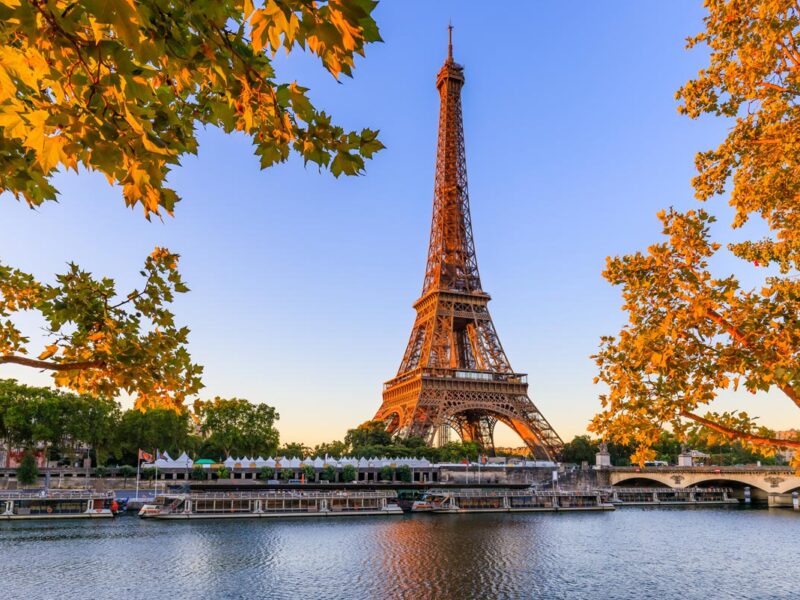

Paris, je t’aime. Just not in high season... (Image: SCStock via Getty Images)
If you love Europe but hate big crowds, this is the list for you.
Teal blue seas, ancient buildings, unique food specialities, and a heady mix of cultures. It’s no wonder that Europe receives over half a million tourists every year. It’s also an unfortunate truth that popular places like London, Paris and Barcelona get busy enough to cause anyone with the smallest levels of anxiety around crowds to have a meltdown.
If you want to avoid this stressful situation, check out this list of the best off-peak destinations to visit in Europe over the year.
January – Sevilla, Spain
While the rest of Europe shivers its way through the winter months, the warmest city in continental Europe experiences pleasant temperatures and an even more pleasant number of travellers checking out its flamenco dancing, tapas and stunning Moorish-Spanish architecture.
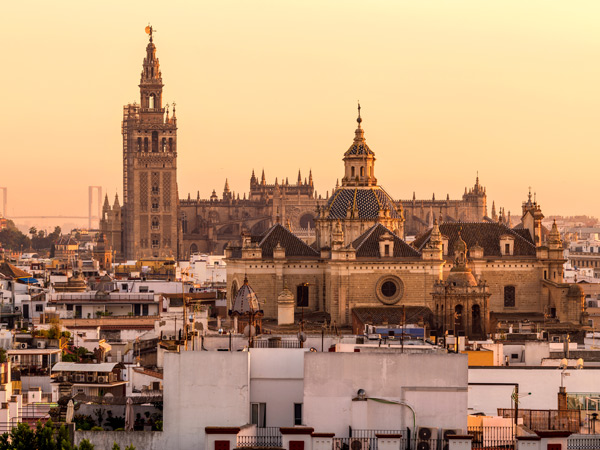
Explore the Moorish-Spanish architecture in Seville. (Image: Sean Xu via Getty Images)
If you have more time to spare, expand your trip to the wider Andalusian area, visiting the Islamic palace of Alhambra in Granada, and the Alcazaba fortress in Málaga.
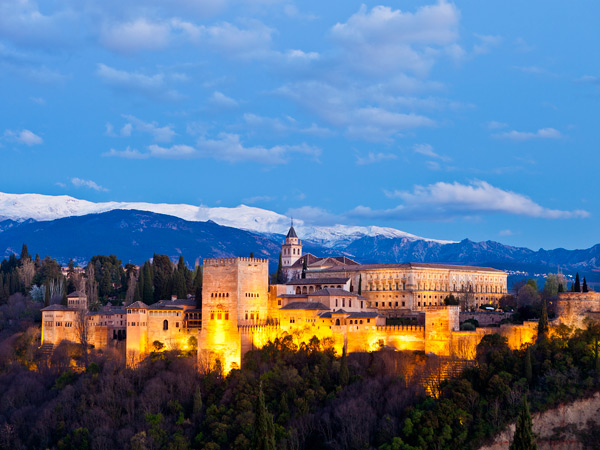
The Alhambra looms over Granada. (Image: traveler1116 via Getty Images)
February – Porto, Portugal
If you’ve ever walked down into the port wine cellars or climbed up the riverside slopes of Portugal’s second city in July, you will already know how busy (and hot) it gets in July. Escape this situation by coming to Porto in February.
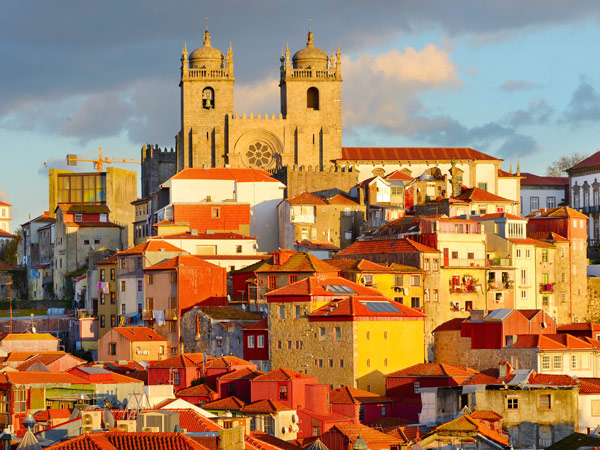
The sun-kissed Porto Old Town combines Gothic, baroque and modernist styles. (Image: joyt via Getty Images)
While you are very much not guaranteed the same level of sun, you can still get to those attractions, as well as spot azulejos ceramic tiles, admire its baroque architecture, look at the view from Porto Cathedral, and make your way very slowly through a chunky Francesinha sandwich.

Visit Carmo and Carmelitas double church in downtown Porto. (Image: Yana Marudova)
March – Florence, Italy
One of the most famous reasons people go to Florence, Tuscany is to see its art, architecture and grandiose history. Think the Duomo Cathedral, the Ponte Vecchio, Michelangelo’s David and Botticelli’s Birth of Venus at the Uffizi Gallery.

The Cathedral of Santa Maria del Fiore is one of the largest churches in the world. (Image: Siempreverde22 via Getty Images)
You know what you don’t need to see this? Good weather. This is why you should snatch the chance to visit Florence during the low season with both hands.
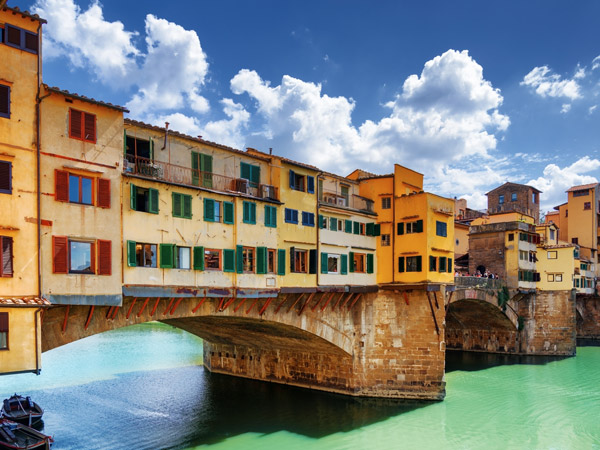
The picturesque Ponte Vecchio bridge is one of Florence’s best sights. (Image: efired via Getty Images)
April – Istanbul, Türkiye
While April is edging closer to the beginning of Istanbul’s May to October higher season, it is also the time of the year when its gorgeous Tulip Festival begins.
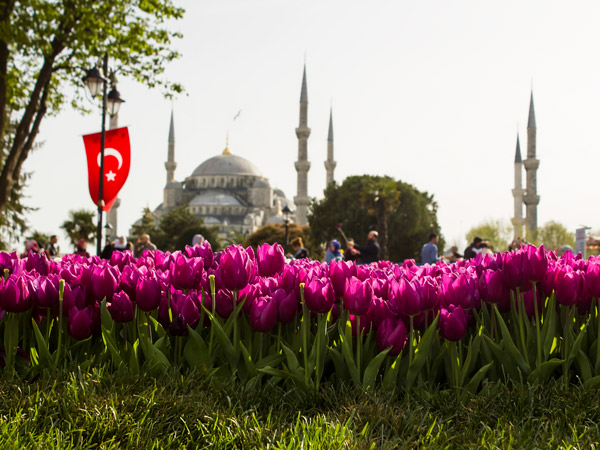
Arrive in Istanbul when tulip season begins. (Image: Gulsen-Ozcan via Getty Images)
Make the switch from the Netherlands to Türkiye, and check out the millions of tulips that have been planted in the capital city in recent years.
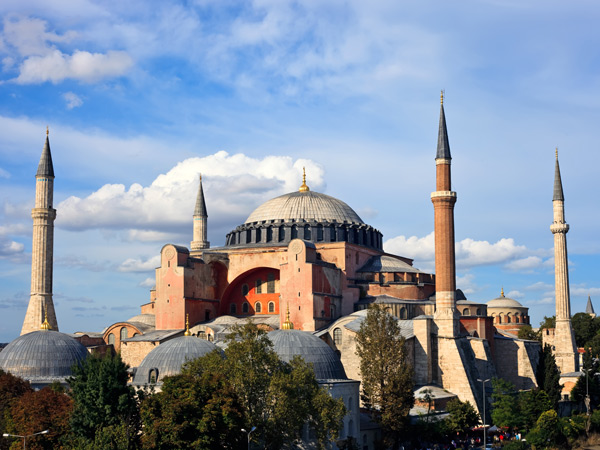
The Hagia Sophia Grand Mosque represents Byzantine architecture and art. (Image: plastic_buddha via Getty Images)
In-between, explore the world-famous Hagia Sophia and the Topkapi Palace, walk through the Grand Bazaar and have a stem ‘n’ scrub at a hammam.

Topkapi Palace features a century-old Harem where Sultans lived with their families. (Image: Denis-Shevchuk via Getty Images)
May – Ionian Islands, Greece
All the groups of the Greek islands are stunning – and crawling with white-linen-wearing, selfie-photo-taking tourists in the summer. Instead, book a late spring holiday on the naturally gorgeous Ionian islands.
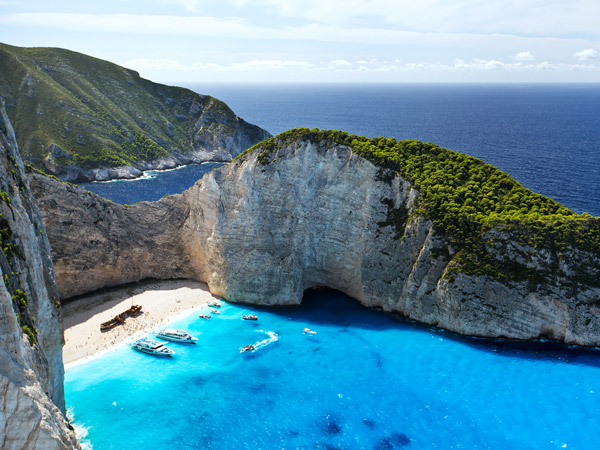
Nestled in the Ionian Sea, the wreck of the MV Panagiotis sits on Navagio Beach. (Image: Natalia Deriabina via Getty Images)
More off the beaten track at the best of times, these islands have wild cliffed beaches and small towns serving regional dishes like pastrokio, a dish of eggplant baked in a tomato sauce with eggs and cheese.
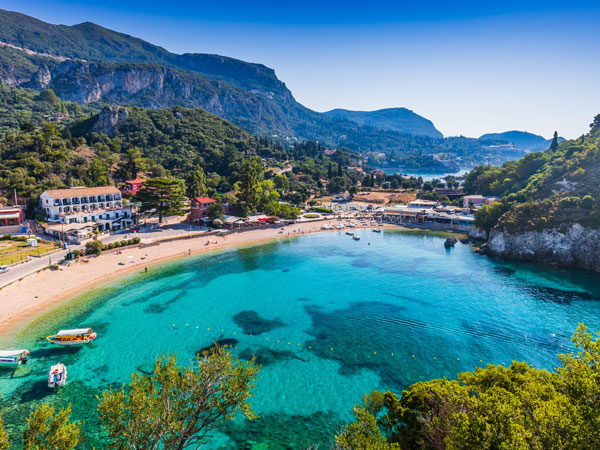
Discover Corfu’s azure waters. (Image: SC Stock via Getty Images)
June – Sicily, Italy
It’s getting hotter in southern Europe, but it’s still before the European and American school holiday crowds hit in July.
Take advantage of this by sneaking down to the football islands of Sicily at the end of Italy’s boot.
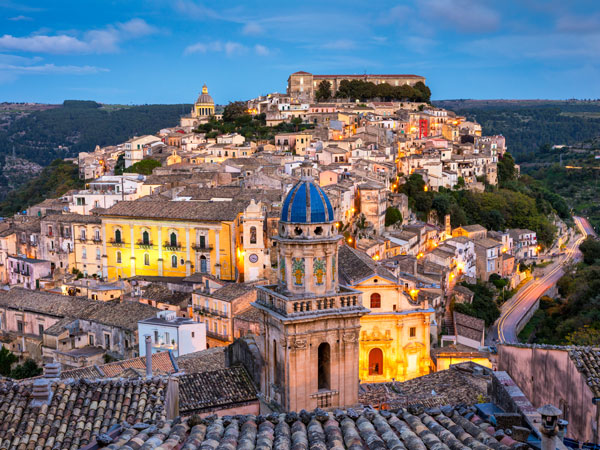
Head to Sicily before the summer holidays begin. (Image: Da Liu via Getty Images)
Cool off on the hotter Sicilian days on one of the island’s many beaches and islands, or eat masses of sweet, icy granita, and spend the rest visiting palatial gold churches and devouring treats at one of its one-of-a-kind street food markets.
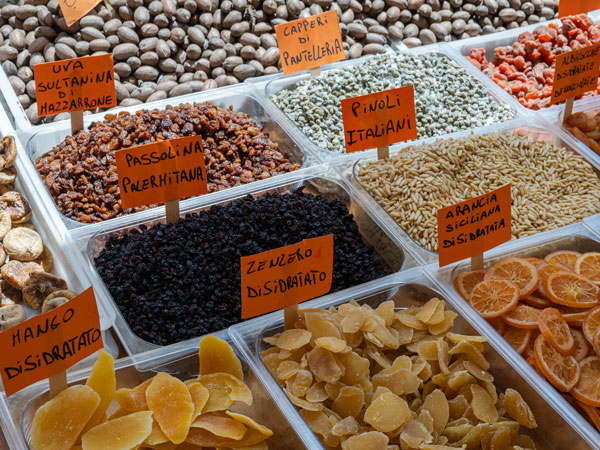
Don’t pass on the chance to explore Sicily’s markets. (Image: Lizzy Komen via Getty Images)
July – Innsbruck, Austria
While the rest of Europe swelters, the Tyrolean capital of Innsbruck escapes the worst of the heat. This Austrian town is rightly famous for its winter sports, but in summer, temperatures rise to pleasantly cool levels.
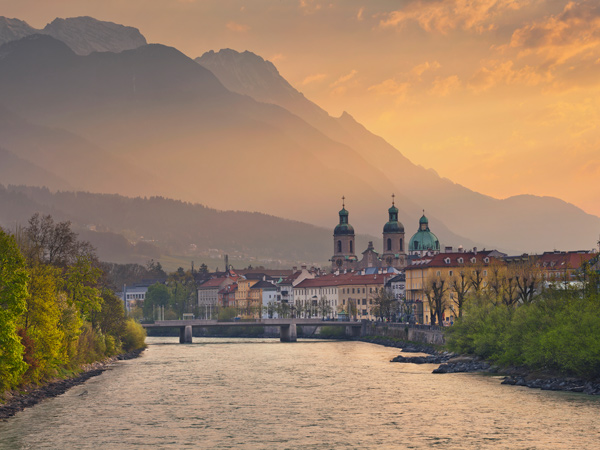
Watch the sun rise majestically over the Nordkette Mountain Range. (Image: Rudy Balasko via Getty Images)
Take advantage of this and spend sunny days hiking in the hills, exploring its Hapsburg royal past, and swimming in mountain lakes.
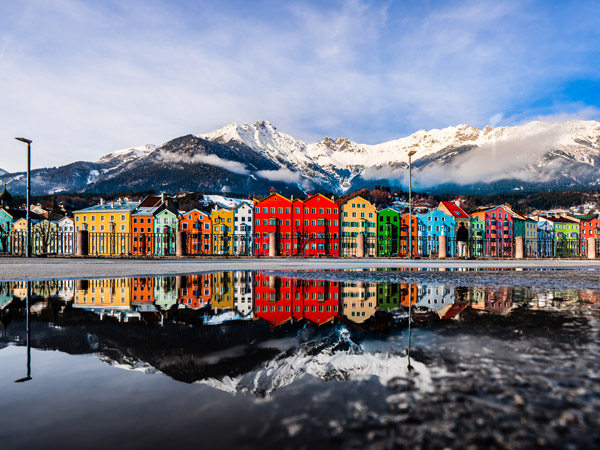
Discover the colourful houses in Innsbruck. (Image: Torben Knauer via Getty Images)
August – England, Scotland and Wales, United Kingdom
While London and Edinburgh will be heaving (the former being very much on the travellers ‘to-do’ list, and the latter for hosting the world-famous Fringe Festival that month), England, the rest of Scotland and Wales, will be experiencing some of the best weather of the year.
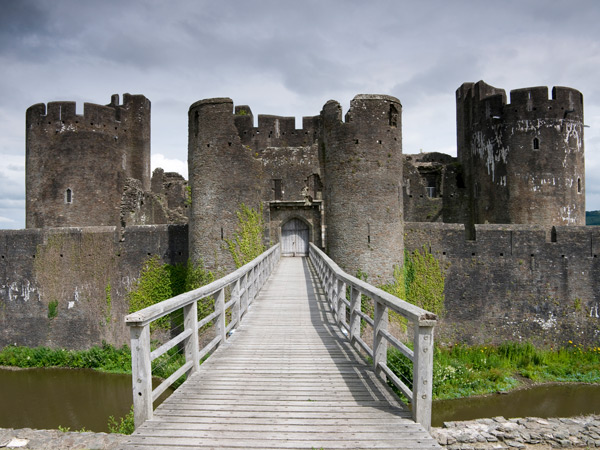
Wales has many castles to explore. (Image: krzych-34 via Getty Images)
Go fossil hunting on the beaches of Dorset, take long walks in the Lake District, check out the mighty castles of Wales and drink strawberry-flavoured Pimms in country pubs.
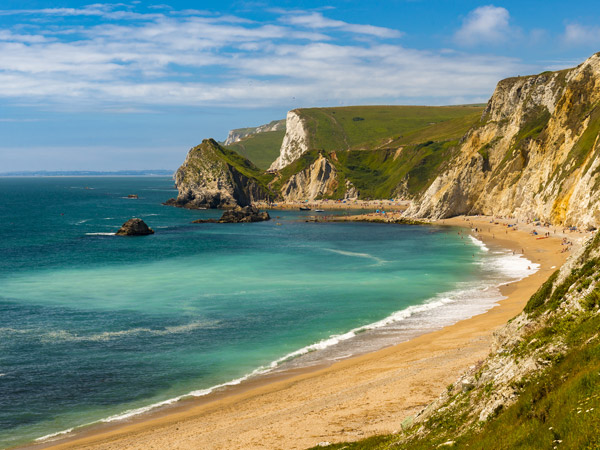
Explore Dorset’s beaches. (Image: allou2 via Getty Images)
September – Tromsø, Norway
While the northern lights are most associated with the depths of winter, you are just as likely to see the aurora borealis in September.

There’s never been a better time to see the northern lights. (Image: Mu Yee Ting via Getty Images)
After you’ve looked upon this wondrous site in Tromsø, try your hand at foraging. Pick cloudberries, crowberries and lingonberries, porcini and hedgehog mushrooms.

Norway’s most popular mushroom to pick is the chanterelle. (Image: Michael Workman via Getty Images)
October – Plitvice Lakes, Croatia
Croatia’s summer visitors have gone, but the Plitvice Lakes Park remains open, with all lakes accessible before reduced access comes in on the first of November.

Stroll over the turquoise Plitvice Lakes. (Image: gydyt0jas via Getty Images)
The autumn leaves of oranges and faded greens fall on the reduced crowds, who can also rent rowing boats to cross the lakes. To make the deal even sweeter, there is a reduced price for off-peak entry.

Plitvice Lakes are stunning in autumn. (Image: serts via Getty Images)
November – Prague, Czech Republic
Despite the busyness in the warmer months, the Czech capital’s Bohemian charm keeps travellers coming back again and again.
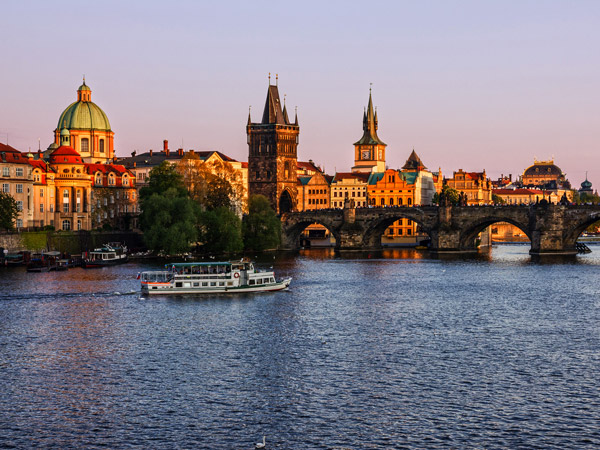
Prague’s Charles Bridge is iconic. (Image: Travel Faery via Getty Images)
But in late autumn, you can still eat plates of hot Guláš (goulash), sip on its famously cheap and foamy beers, cross the Charles Bridge, wait for the figures of the Astronomical Clock to emerge at the Staroměstská Radnice town hall, and learn about Prague’s resistance in the Second World War.

The Astronomical Clock strikes every hour. (Image: Jesus Barroso via Getty Images)
December – Paris, France
Paris, je t’aime. Just not in the smelly, busy and way too expensive summer high season.
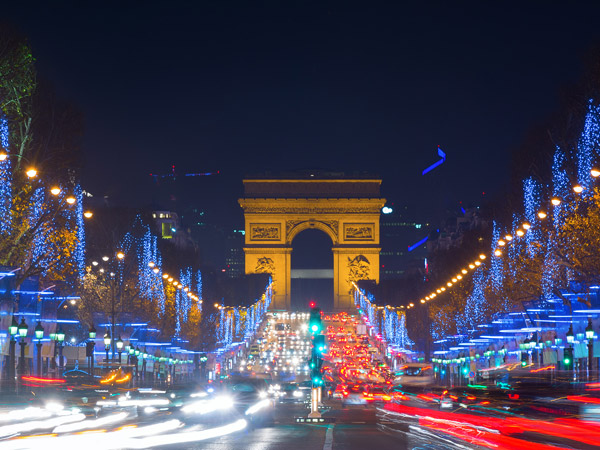
Christmas is a magical time to visit Paris. (Image: Felix Catana via Getty Images)
A far better option is to come to the French capital in December when the shop windows at Les Galeries Lafayette glitter with Christmas scenes, cups of chocolat chaud are a welcoming respite from the cold, Christmas Markets run at the Tuileries Garden, and you can escape the winter weather among the artworks in the Louvre or Musée d’Orsay.

Escape the weather in The Louvre. (Image: Max Avans)

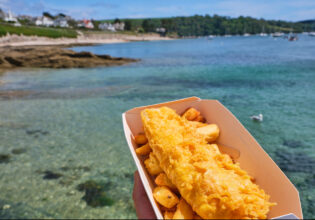
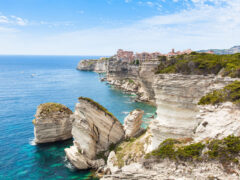
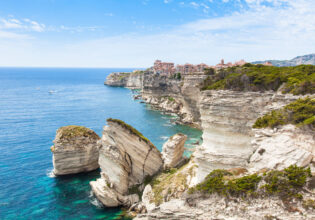




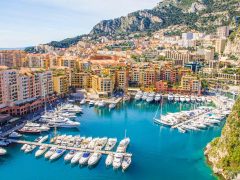
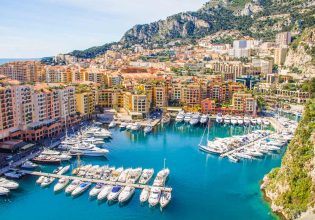


LEAVE YOUR COMMENT